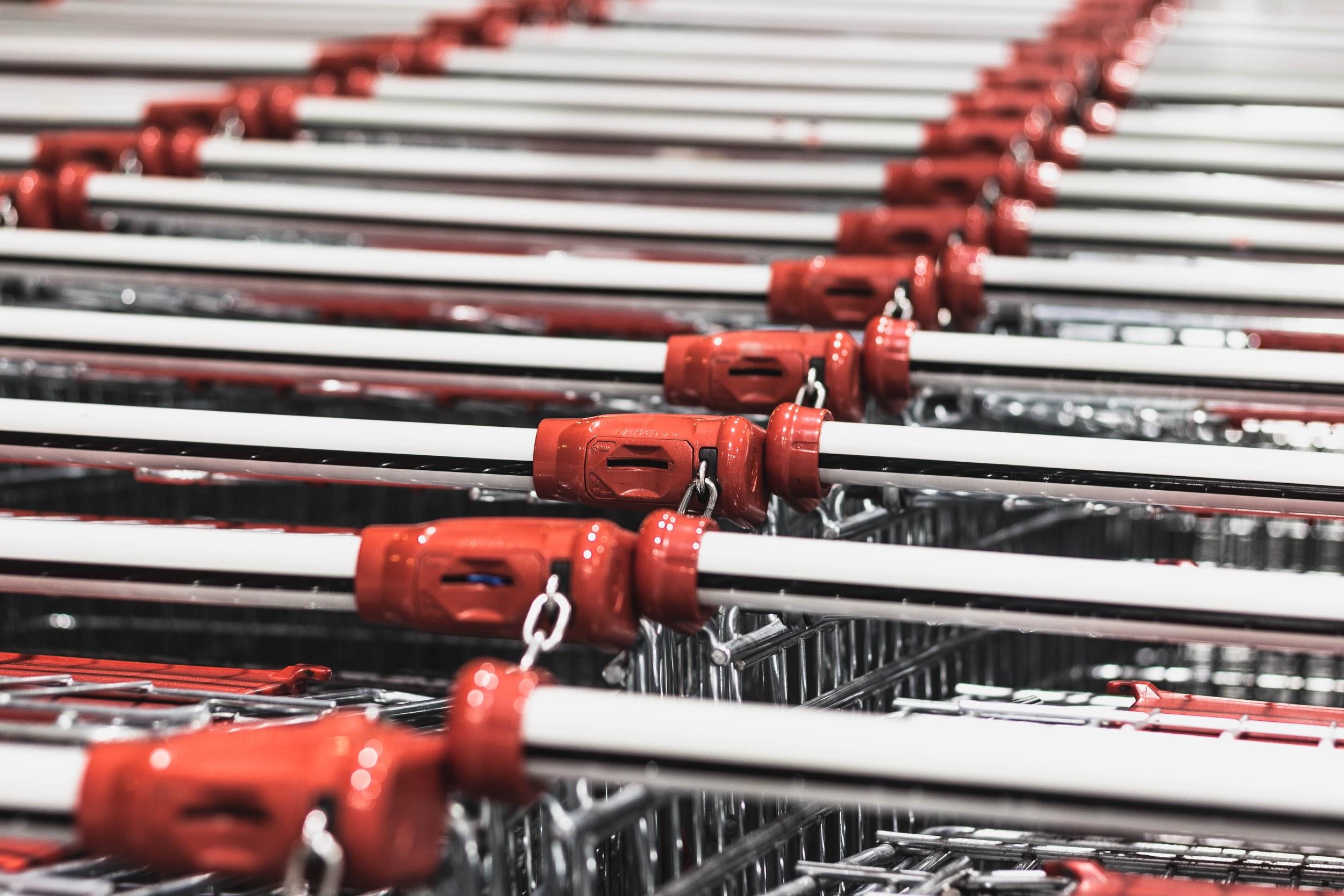How To Say Hello How Are You In Swedish
From greetings to transportation to shopping, there are many common Swedish phrases and expressions that are used in the course of an average day. Learning them can help you blend in with the natives in everyday situations.Read and practice these common Swedish phrases, and then follow Sven-Olof through his day to see if you have learned how to use them.Reading: how to say hello how are you in swedish
Swedish greetings
Contents
Hello: Hej! Hejsan! Hallå! Tjena!
The formal Swedish “Hello” is simply Hej!, which can sometimes be confusing because it sounds just like the informal English “Hey!” Saying it twice: Hej, hej! makes it more informal, though this greeting is often used as a form of “Goodbye” as well.Hejsan, hallå, tjena/tjenare are also informal ways to say “hello”.
Good…: God morgon, God dag, God kväll, God natt
God means good, so these are the “good greetings”: Good morning, Good day, Good evening, Good night. These can be both formal or informal depending on the tone.The d at the end of god is rarely pronounced, so these words become like contractions when spoken: Go’morron, Go’dag, Go’kväll, Go’natt. Notice that the g in morgon is also not pronounced.
Goodbye: Hej då! Vi ses! Vi hörs!
The formal Swedish for goodbye is Hej då. It rhymes with play-dough. You can also say “See you later!” or “Talk to you later!”: Vi ses! Vi hörs!Before saying goodbye, a Swede would wish you well. Ha det bra! literally means “have it good” but would be used similarly to “Have a nice day!”
Introductions: Jag heter… Vad heter du? Trevligt att träffas!
Hej! Jag heter Christine. Vad heter du? “Hello! My name is Christine. What is your name?” Introducing yourself in Swedish is very similar to an English introduction. You would most often extend your hand for a handshake.The polite response is Trevligt att träffas – “It’s nice to meet you.” This can also be shortened to the single word Trevligt, which is equally polite.
How are you: Hur mår du? Hur är det? Läget?
The phrase books will all list the phrase Hur mår du? as the way to ask “How are you?” This is correct in formal situations. However, in common language practice, this Swedish phrase (which literally means “How do you feel?”) is rarely used unless asking someone who was known to have been sick or feeling poorly. It carries the connotations of “Are you feeling better?”It is much more common to hear the Swedish phrases Hur är det? (“How is it?”) or Hur är det med dig? (“How is it with you?”). In very informal situations, another common question is Läget? – an abbreviation of the phrase Hur är läget?, which means something like “What’s up?”
Manners: Tack! Ursäkta! Varsågod!
Swedish manners are a little different than English speakers are used to. While there are polite ways of asking or requesting (such as Var god, snälla, or om du är snäll), there is no direct translation for the word “please”. The word for “thank you” – tack – can sometimes double as a way to say please.In response to being thanked, most people will answer Varsågod or Det var så lite – “It was nothing”. It is also polite to say “Excuse me” (Ursäkta) in the same ways it is used in English.English phraseSwedish phrase Hello! Hej! Hejsan! Hallå! Tjena(re)! Good morning! God morgon! Good day! Goddag! Good evening! God kväll! Good night! God natt! Goodbye! Hej då! (Hej hej!) See you later! Vi ses! Talk to you later! Vi hörs! Have a nice day! Ha det bra! The same to you! Detsamma! What is your name? Vad heter du? My name is… Jag heter… Nice to meet you! Trevligt att träffas! (Trevligt!) How are you?And you? Hur mår du? Hur är det (med dig)? Läget?Och med dig? Thank you (very much)! Tack (så mycket)! Excuse me! Ursäkta! You’re welcome! Varsågod! It was nothing. Det var så lite.
Common Swedish phrases for shopping
General shopping
Read more: DIY Cookie Cutters: 3 Easy Ways to Make Your OwnWhen you enter a shop, you may be greeted and welcomed. They may also ask Vill du ha hjälp? or Behöver du hjälp med någonting? to ask if you would like help. If you would like help, say Ja, tack or “Yes, please.” If not, you can answer Nej, tack. Jag tittar bara. (“No thanks, I’m just looking.”) You can tell the clerk what you are looking for using the phrase: Jag vill köpa… (I want to buy…)Prices are usually well-marked and already include sales tax. If you have questions about the price of something, you can ask Hur mycket kostar det här? Items marked REA! or Extrapris! are on sale for a reduced price (sänkt pris).When it’s time to pay, you go to the cashier – kassan – to check out. Paying with cash (kontanter) is increasingly uncommon as Sweden aims to become a cash-free society. If possible, be prepared to pay with a card (kort).The cashier will probably ask Är det bra så?, which means, “Is this everything?” A simple Ja is a sufficient answer, unless you want to purchase something kept behind the counter, in which case you would say, Nej and ask for the item. Most stores do not provide free shopping bags (kasse), so bring your own bag or prepare to pay extra for one.Your cashier may also ask you if you would like a receipt: Vill du ha kvittot? Another common question is if you would like your purchase gift-wrapped: Ska det slås in som paket?
In the grocery store – I mataffären
A few special circumstances arise in the grocery store. To get a shopping cart (kundvagn) you may need a 10kr or 5kr coin to insert as a deposit (pant). This system, once universal in Sweden, is beginning to disappear as coins become increasingly uncommon, but there are many places where it still applies, so it is smart to be prepared.
Shopping for clothes
When shopping for clothes, it might be helpful to ask if you can try something on: Får jag prova den här? If the fitting rooms (provrum) are clearly marked, it is not necessary to ask permission.If you are concerned about needing to return something, ask the cashier about their return policy: Är det öppet köp på det här? It is common to be able to return an item within 30 days (dagar).
Common Swedish phrases for transportation
Most places in Sweden have excellent public transportation (kollektivtrafik),which is widely used. It is generally easy to navigate the public transit system, and even though most transportation information is also posted in English, a few key Swedish phrases could be helpful in your journey.
On the ground
A station is a station, which is spelled the same as in English but pronounced differently. It is usually a compound word with the type of station it is. A busstation is where you find a bus, and a tågstation is where you find a train (tåg). You may also see signs for Centralstationen (central station). English speakers often react when they encounter the word slutstation, which is nothing more than the last stop on the line.A bus stop is called a hållplats and they are typically named for the streets they are on or the crossroads they are near. Very few buses or trains allow passengers to pay cash on board. Be sure to purchase your ticket (biljett) ahead of time. Transit cards are available in stations and some convenience stores. Tickets can often be purchased on a mobile phone via text message (SMS).Bus and train schedules (tidtabeller) are usually reliable, but if you are unsure you can always ask När går bussen/tåget? (“When does the bus/train leave?”). For help to get to a specific destination, ask Hur tar jag mig till…In addition to buses and trains, Sweden’s largest cities also offer subway (tunnelbana), trolley (spårvagn), and boat (båt) connections as a part of the public transit system. When riding the train, you will need to know which track (spår) your train departs from.You can also choose to get a taxi, which is the same word in Swedish as in English. If you have a driver’s license (körkort) you can get a rental car (hyrbil), but to get around in cities, renting a bike (cykel) is an even better option.
Travel by air
Read more: how to make window air conditioner quieterEnglish speakers can rely on using English in Swedish airports, but if you are learning the language, the airport can be a great place to test your skills.After checking in and dropping off your luggage (bagage), take your carry-on item (handbagage) and find your flight (flyg) on the board. Find a board with departures (avgångar), not arrivals (ankomster), to find out which terminal (terminal) and gate (utgång) to go to. Be sure to leave enough time to go through the security check (säkerhetskontroll). Continue to monitor the boards to know when your flight is boarding (ombordstigning) or if it has been delayed (försenat) or canceled (inställt).
Directions
If you need help finding your way, understanding a few directional phrases will help you get where you need to go. Use the phrases Var ligger… or Var finns… to ask where something is. You may need to go straight ahead (rakt fram) or turn left or right (sväng vänster, sväng höger). Your directions may include a landmark to go past (gå förbi) or an intersection (korsning) to watch for.English phraseSwedish phrase Public transportation Kollektivtrafik Station Station The Central Station Centralstationen End of the line Slutstation Bus Buss Train Tåg Bus stop Busshållplats Ticket Biljett Schedule (for a bus or train) Tidtabell Subway Tunnelbana Trolley Spårvagn Boat Båt Track Spår Bike Cykel Rental car Hyrbil Driver’s license Körkort Luggage Bagage Carry-on bag Handbagage Flight Flyg Terminal Terminal Gate Utgång Security checkpoint Säkerhetskontroll Boarding Ombordstigning Delayed Försenad, Försenat Canceled Inställd, Inställt When does the bus/train leave? När går bussen/tåget? How do I get to…? Hur tar jag mig till…? Where is…? Var ligger…? Var finns…? Straight ahead Rakt fram Turn left/right Sväng vänster/höger Go past Gå förbi Intersection Korsning
Sven-Olof’s Day
In the morning
Sven-Olof gets up and joins his wife Marie at the kitchen table before leaving for work.Sven-Olof: God morgon! Marie: God morgon! Sven-Olof: Hur är det med dig? Marie: Bra. När går bussen? Sven-Olof: 8:00 Marie: Ok, vi ses. Ha det bra! Sven-Olof: Tack, detsamma. Hej då!At the bus stop he sees his friend Lars.Sven-Olof: Hejsan Lars! Lars: Tjenare! Läget? Sven-Olof: Läget är bra. Och med dig? Lars: Bra, tack! Sven-Olof: Är bussen försenad? Lars: Ja.The bus eventually comes and Sven-Olof rides to work. He works in a small store downtown.
At work (in the store)
The store is busy today. Sven-Olof is helping a customer (kund) to buy a t-shirt.S-O: Behöver du hjälp? Kund: Ja, tack. Jag vill köpa en t-shirt. Hur mycket kostar den här? S-O: 100 kr. Kund: Får jag prova den? S-O: Ja. He points to a sign that says Provrum Kund: Tack. A few minutes later… Jag vill köpa den. S-O: Är det bra så? Kund: Ja, tack. S-O: Kort eller kontanter? Kund: Kort. S-O: Tack! Vill du ha kvittot? Kund: Nej, tack. S-O: Ska det slås in som paket? Kund: Ja, tack. S-O: Ok. (He wraps it and hands the bag to the customer.) Kund: Tack så mycket! S-O: Varsågod! Kund: Hej då! S-O: Hej då!
After work
Sven-Olof walks to the grocery store after work to buy a few ingredients for dinner, then takes the bus home. At the bus stop he is approached by a tourist who sees his grocery bags.Tourist: Ursäkta… S-O: Ja? Tourist: Var ligger mataffären? S-O: (pointing) Gå rakt fram till korsningen och sväng vänster. Gå förbi McDonalds och sväng höger. Tourist: Tack! S-O: Det var så lite.At home, Sven-Olof and Marie eat a simple dinner and watch their favorite TV show På Spåret before heading for bed.God natt, Sven-Olof!
Challenge yourself with Clozemaster
Test your skills and see what you’ve learned from this article by playing a selection of sentences with common Swedish phrases:Sign up here to save your progress and start getting fluent with thousands of Swedish sentences at Clozemaster.Clozemaster has been designed to help you learn the language in context by filling in the gaps in authentic sentences. With features such as Grammar Challenges, Cloze-Listening, and Cloze-Reading, the app will let you emphasize all the competencies necessary to become fluent in Swedish.Take your Swedish to the next level. Click here to start practicing with real Swedish sentences!
Last, Wallx.net sent you details about the topic “How To Say Hello How Are You In Swedish❤️️”.Hope with useful information that the article “How To Say Hello How Are You In Swedish” It will help readers to be more interested in “How To Say Hello How Are You In Swedish [ ❤️️❤️️ ]”.
Posts “How To Say Hello How Are You In Swedish” posted by on 2021-10-31 19:55:50. Thank you for reading the article at wallx.net







